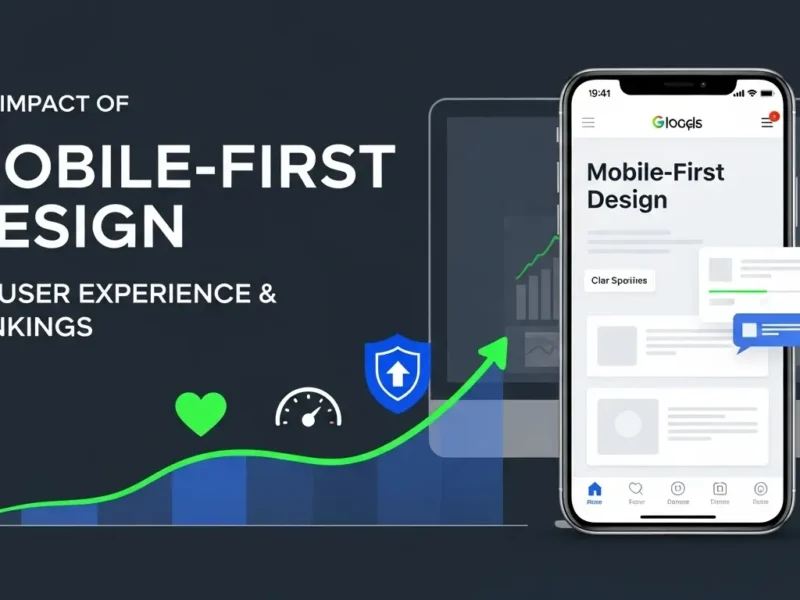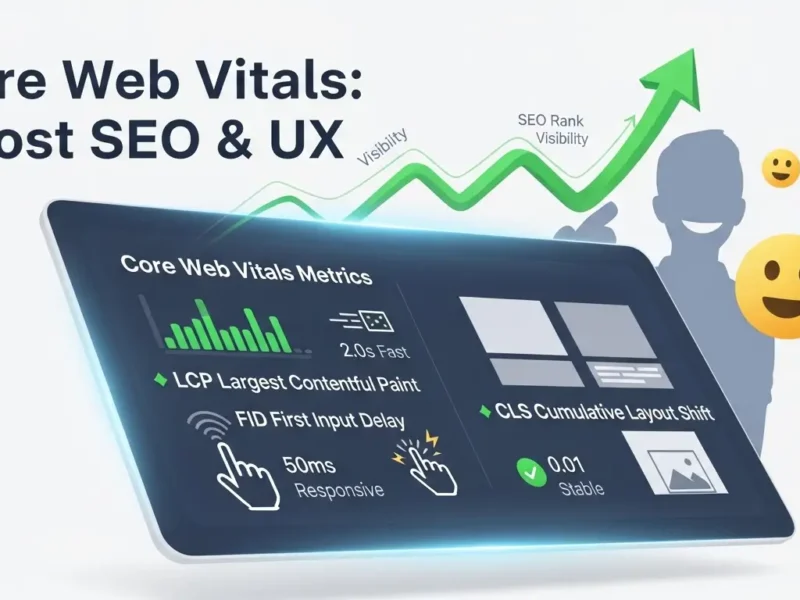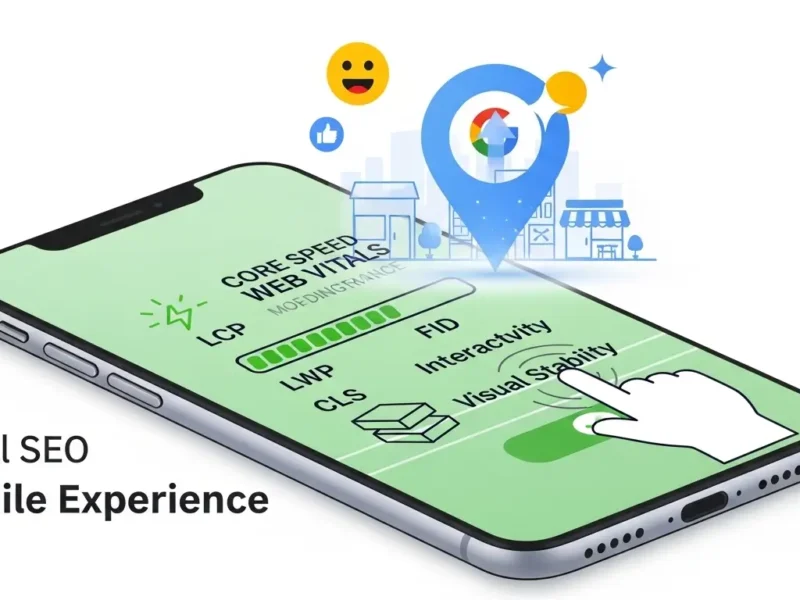As a seasoned SEO professional, one question consistently surfaces in discussions with clients and colleagues: “Do social media signals directly impact my search rankings?” It’s a question rooted in a common misconception, yet it hints at a profound truth. While the official answer from Google is a resounding “no” – social shares, likes, and follows aren’t direct ranking factors – to dismiss social media’s role in SEO entirely would be to ignore an undeniable, albeit indirect, powerhouse.
In this deep dive, we’ll strip away the myths and illuminate the strategic nexus where brand engagement on social media not only influences but activelypropelsyour search engine visibility. We’ll explore how a robust social presence isn’t just about vanity metrics, but about fostering an ecosystem that inherently strengthens your SEO foundation, demonstrates E-A-T, and ultimately, elevates your brand in search. This understanding is critical for any business looking to enhance their digital presence, especially those seeking comprehensive SEO services to navigate the complexities of search algorithms.
The Myth & The Reality: Deconstructing Direct Ranking Factors
Let’s clarify upfront: Google’s algorithms are incredibly sophisticated, and they prioritize relevance, authority, and user experience above all else. John Mueller, Google’s Search Advocate, has explicitly stated on numerous occasions that social signals (like shares or likes) are not used as direct ranking signals. The reason is logical: social media platforms are often gated, making it difficult for Google’s crawlers to access and assess the context and authenticity of every interaction. Furthermore, these platforms are notoriously susceptible to spam, bots, and artificial engagement, which would compromise the integrity of search results if used as direct signals.
So, if a surge of Twitter retweets won’t directly catapult your page to #1, why should SEOs and marketers devote precious resources to social media engagement? The answer lies in the cascading, indirect benefits that a strong social presence generates – benefits that Googledoesvalue and actively seeks out.
How Social Engagement Catalyzes SEO
Think of social media as the fertile ground where your brand’s authority, visibility, and user signals are cultivated. While it doesn’t directly feed the Google algorithm a “ranking score,” it indirectly creates the conditions under which traditional SEO factors thrive.
1. Brand Building & E-A-T (Expertise, Authoritativeness, Trustworthiness)
Google’s E-A-T guidelines are more crucial than ever, particularly for “Your Money Your Life” (YMYL) topics. How does Google ascertain your E-A-T? Beyond backlinks and on-page content, they look for real-world signals of expertise and trustworthiness.
- Brand Mentions & Sentiment: Active social media engagement generates genuine brand mentions across various platforms. These mentions, even without links, act as strong co-citation signals. If your brand is frequently discussed positively by authoritative voices, it signals to Google that your brand is relevant and trustworthy.
- Thought Leadership: Consistently sharing insightful content, participating in industry discussions, and positioning your brand as an expert on social media builds a reputation that Google can observe. This strengthens your overall domain authority and signals expertise.
- Audience Engagement: A highly engaged social audience – one that comments, shares, and interacts with your content – demonstrates that your brand resonates with real people, further validating your authority and trustworthiness.
2. Content Amplification & Backlink Generation
This is perhaps the most direct indirect impact. Exceptional content is the cornerstone of SEO, but even the best content gathers dust if nobody sees it. Social media is your megaphone.
- Increased Content Visibility: Sharing your blog posts, articles, and evergreen content across social channels significantly broadens its reach. More eyes on your content mean a higher chance of it being discovered by influential individuals, industry experts, and other website owners.
- Natural Backlink Acquisition: When your content is seen and valued by the right people, it naturally leads to backlinks. Journalists, bloggers, and content creators are constantly looking for high-quality, relevant sources. Social media acts as the discovery mechanism, sparking the sharing chain that results in valuable, editorially-given backlinks – one of the strongest ranking signals.
- “Linkless Mentions” & Co-citation: Even if social shares don’t generate direct backlinks, they create “linkless mentions.” When other reputable sites or social accounts mention your brand or content, it builds a co-citation network that Google uses to understand your brand’s authority and relationships within its niche.
3. Increased Brand Search & Direct Traffic
A strong social presence cultivates brand awareness. When people are familiar with your brand, they are more likely to:
- Search for your brand directly: An increase in branded search queries (“Your Brand Name” or “Your Brand Name + keyword”) signals to Google that your brand is gaining prominence and is a sought-after entity. This is a powerful, positive user signal.
- Visit your site directly: Social media often serves as a primary referral channel. Direct traffic from social platforms, or users typing your URL directly after discovering you on social, contributes to positive user behavior signals, indicating a valuable and engaging brand experience.
4. Local SEO Synergy
For local businesses, social media is indispensable. For those specifically seeking effective SEO services in Noida, integrating social media with local SEO strategies is not just beneficial, but essential to stand out in a competitive market.
- Google My Business Engagement: Social media engagement can drive traffic to your Google My Business (GMB) profile, encourage reviews, and prompt direct interactions. Sharing GMB updates on social media, responding to reviews, and showcasing local events all contribute to a robust local online presence.
- Geotagged Content: Sharing content with geotags on platforms like Instagram or Facebook signals local relevance, helping your business appear in local search results.
5. User Behavior Signals
While Google explicitly denies using social signals as direct ranking factors, theydoscrutinize user behavior on your website. Social media plays a critical role in shaping these behaviors.
- Dwell Time & Bounce Rate: If social media drives highly engaged users to your site who spend more time consuming content and exploring pages (longer dwell time, lower bounce rate), it signals to Google that your content is valuable and relevant. Conversely, if social traffic bounces quickly, it could negatively impact perceived quality.
- Repeat Visits: Social engagement can foster loyalty, encouraging users to return to your site repeatedly, another positive signal of value.
6. Trend Identification & Keyword Research
Social media is a real-time pulse on public interest.
- Discover Emerging Trends: Monitoring conversations on platforms like X (formerly Twitter), Reddit, or even TikTok can reveal nascent trends, hot topics, and new product ideas long before they hit traditional news outlets.
- Uncover Long-Tail Keywords: What questions are people asking? What problems are they discussing? Social listening tools can help uncover the precise language and queries your target audience uses, informing your keyword research and content strategy with highly relevant, conversational long-tail keywords.
- Content Ideation: The questions, comments, and engagement around your social posts can directly inspire new blog topics, FAQs, and content formats that address your audience’s immediate needs, ensuring your content truly solves problems.
Actionable Strategies to Bridge Social & SEO
Understanding the “how” is only half the battle. Here’s how to actively leverage your social media presence to amplify your SEO efforts:
- Optimize Social Profiles for Search: Ensure your social profiles are complete, consistent, and keyword-rich. Use your brand name, relevant keywords in your bio, and a link to your website. Google often ranks social profiles for branded searches, extending your search footprint.
- Create Shareable, SEO-Optimized Content: Design content with both search engines and social sharing in mind. Craft compelling headlines, use strong visuals, and break down complex information into digestible chunks. Include clear calls-to-action for sharing.
- Proactive Outreach & Community Engagement: Don’t just broadcast. Actively engage with your audience, reply to comments, ask questions, and participate in relevant industry conversations. Tag influencers and relevant brands to expand your reach and encourage further sharing.
- Leverage Social Listening for Content Strategy: Use tools to monitor brand mentions, track industry keywords, and identify trending topics. This data is invaluable for shaping your content calendar, ensuring you’re creating content that genuinely resonates and answers real user queries.
- Amplify Your Best Content: Make it easy for people to share your content from your website (e.g., prominent social share buttons). Repurpose and re-share evergreen content regularly on social media to extend its lifespan and continuously drive traffic.
- Analyze Social Data for SEO Insights: Track which types of content perform best on social media. High engagement often correlates with high interest, which can inform your SEO content strategy, helping you identify topics that are likely to attract links and organic traffic.
- Integrate Social with Your Website: Embed social feeds, reviews, and testimonials on your website. This not only enhances user experience but also provides Google with additional signals of a dynamic, trustworthy brand.
The Future of Social & Search: A Holistic Approach
The separation between social media and SEO is an outdated concept. In today’s digital landscape, they are two sides of the same coin: enhancing brand visibility, authority, and user experience. Google’s ongoing evolution, particularly with advancements in natural language processing and its focus on E-A-T and helpful content, means that real-world brand signals and user engagement are more important than ever.
Social media provides the direct line to your audience, allowing you to build relationships, understand needs, and disseminate value. When done strategically, this cultivates a powerful brand presence that Google’s algorithmscan(and do) interpret as signals of a valuable, authoritative, and trustworthy entity, ultimately rewarding you with higher search rankings.
Conclusion
While social signals may not be a direct button for search rankings, they are the vital connective tissue that strengthens almost every other aspect of your SEO strategy. Neglecting your social media presence is akin to building a beautiful house but never opening the doors – nobody knows it’s there. Embrace social media not as a standalone marketing channel, but as an indispensable partner in your quest for organic search dominance.



